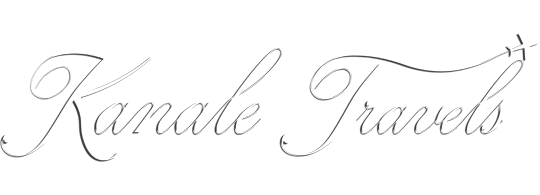Following lunch, we drove over to the Memorial to the Murdered Jews of Europe, also known as the Holocaust Memorial. The memorial was designed by American Peter Eisenman. It opened to the public in 2005.
The monument is not just a lone plaque. Not just a solitary sculpture. This is a massive installation set on a rolling landscape of 19,000 square meters; nearly two square blocks. Its dimension and scale can only be appreciated from the air. That a monument of this size was commissioned and constructed speaks volumes about how seriously people of Berlin and Germany take that period in history. It is a true testament to their resolve to attempt to atone for the sins of their fathers. With that said, although I am familiar with the history of the Holocaust, there were no plaques or signs that I saw to say what the installation represented. No story or history to explain the memorial.
 Rectangular concrete blocks called stelae make up memorial. There are an astonishing 2,711 of them. Spaces between each stele are the same. They are all the same length and width but vary in height (eight inches to 15 feet), seemingly growing from intriguing to intimidating. Do they represent coffins? Lives? There are no inscriptions like you’d find on most stelae. Maybe this was by design, to allow visitors to form their own impressions and opinions, and have their own individual experiences here. Walking between them is supposed to evoke some sort of emotion(s). I didn’t really feel anything. I tried to be quiet and respectful and keep an open mind as I slowly walked in between the individual blocks. Maybe because I have heard various stories about the Holocaust, seen a few disturbing movies, and read a few books on the subject, I could somewhat comprehend what the memorial meant. But the impact I would expect from a memorial of this type, especially this one, was not felt.
Rectangular concrete blocks called stelae make up memorial. There are an astonishing 2,711 of them. Spaces between each stele are the same. They are all the same length and width but vary in height (eight inches to 15 feet), seemingly growing from intriguing to intimidating. Do they represent coffins? Lives? There are no inscriptions like you’d find on most stelae. Maybe this was by design, to allow visitors to form their own impressions and opinions, and have their own individual experiences here. Walking between them is supposed to evoke some sort of emotion(s). I didn’t really feel anything. I tried to be quiet and respectful and keep an open mind as I slowly walked in between the individual blocks. Maybe because I have heard various stories about the Holocaust, seen a few disturbing movies, and read a few books on the subject, I could somewhat comprehend what the memorial meant. But the impact I would expect from a memorial of this type, especially this one, was not felt.
I also learned that the memorial has been the subject of plenty of criticism. After walking through the monument and seeing it first hand, I find myself agreeing with some of it. The title of the memorial does not specifically mention that is a memorial to the Jews killed during the Holocaust; there is a lack of signage to let you know exactly what this place is. I didn’t see nor did I even know there was an Information Centre. There are rules posted listing the regulations for visitors. But these are placed on the ground like paving stones and very easy to overlook and ‘overwalk’. I didn’t see these either; the lack of sufficient signage leads to people treating the area as a playground. In fact, on almost any given day you’ll find people irreverently jumping from stone to stone, oops, stele to stele, sitting on top of them, taking selfies, and children playing hide-and-seek or running through the monument as if it were a maze to be explored.
The Information Centre I mentioned earlier lies beneath the memorial, which I later found out the architect was originally against building. I think had we been able to visit the subterranean visitor’s center, I’m sure I would have had a different, probably deeper (no pun intended) experience. But due to time constraints we were not able to visit. If we are able to return to Berlin, I will have to make it a point to spend more time here. Knowing what I know now, I would start by going to the Information Centre first. Then, after learning about the exhibits that are there, and checking out the different rooms, then come out and wander through the visible memorial above ground.
In my case, even knowing what the Memorial to the Murdered Jews of Europe represented, it wasn’t until after I returned home and did some research that the impact of the monument began to be felt. I wonder how many people pass by here without knowing what this installation even is. If you get the opportunity to visit the memorial, I’d like to know your impression of it.




Comments are closed.